German Shorthaired Pointers are real people-pleasers and love to be at the heart of a family, but they’re no couch potatoes
Originally bred as the ultimate all-round gundog, the German Shorthaired Pointer can also make a great family dog

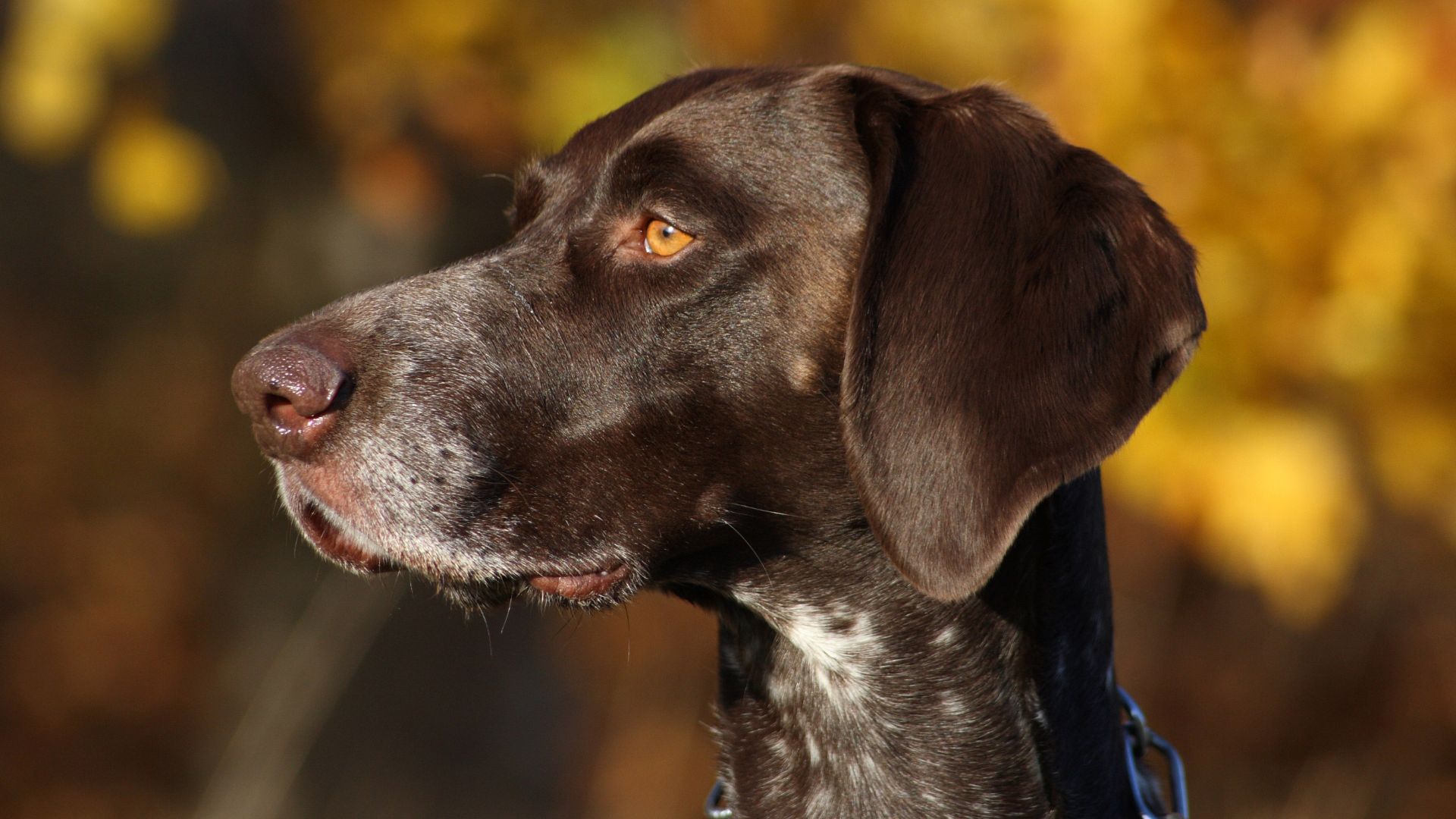
Breed type: Gundog, sporting group
Lifespan: 10-12 years
Size: 23-25 inches (male), 21-23 inches (female)
Coat: Short
Temperament: Affectionate, energetic, playful, intelligent, friendly, outgoing, loyal, biddable
Exercise needs: At least two hours daily
Origin/native country: Germany
The German Shorthaired Pointer, or GSP, is a popular “hunt, point, retrieve” (HPR) breed. They were originally bred as the ultimate all-round gundogs, to sniff out game (hunt), freeze in place to mark the position of the game (point) and to pick up and return the game once it has been dispatched by the shooter (retrieve).
This pointing breed originated in Germany in the 19th century, derived from the now-extinct Old Spanish Pointer. These versatile hunting dogs are still used as gundogs – on both furred and feathered game – as well as tracking dogs, sniffer dogs for law enforcement, dock diving, agility and obedience.
They are also very popular family dogs; however, it is important to remember that these are dogs that need plenty of exercise and mental stimulation. In a home where they don’t receive enough of this, they are likely to become bored and destructive, so think carefully about whether you can meet their needs before deciding on a German Shorthaired Pointer.
I have had my own German Shorthaired Pointer, six-year-old Maple, since she was a puppy. My husband and I settled on a GSP as the perfect breed as we were looking for a loyal companion who would be able to accompany my husband out shooting while also being safe around our future children – and Maple certainly fits the bill. While she would happily be working out in the field all day long, she is just as happy at home snuggled up on the sofa and is the most gentle soul with our one-year-old son.
If you’re considering adding a German Shorthaired Pointer to your active family, read on to find out the answers to some of the most common questions surrounding the breed, with expert advice from Dr Rebecca MacMillan.
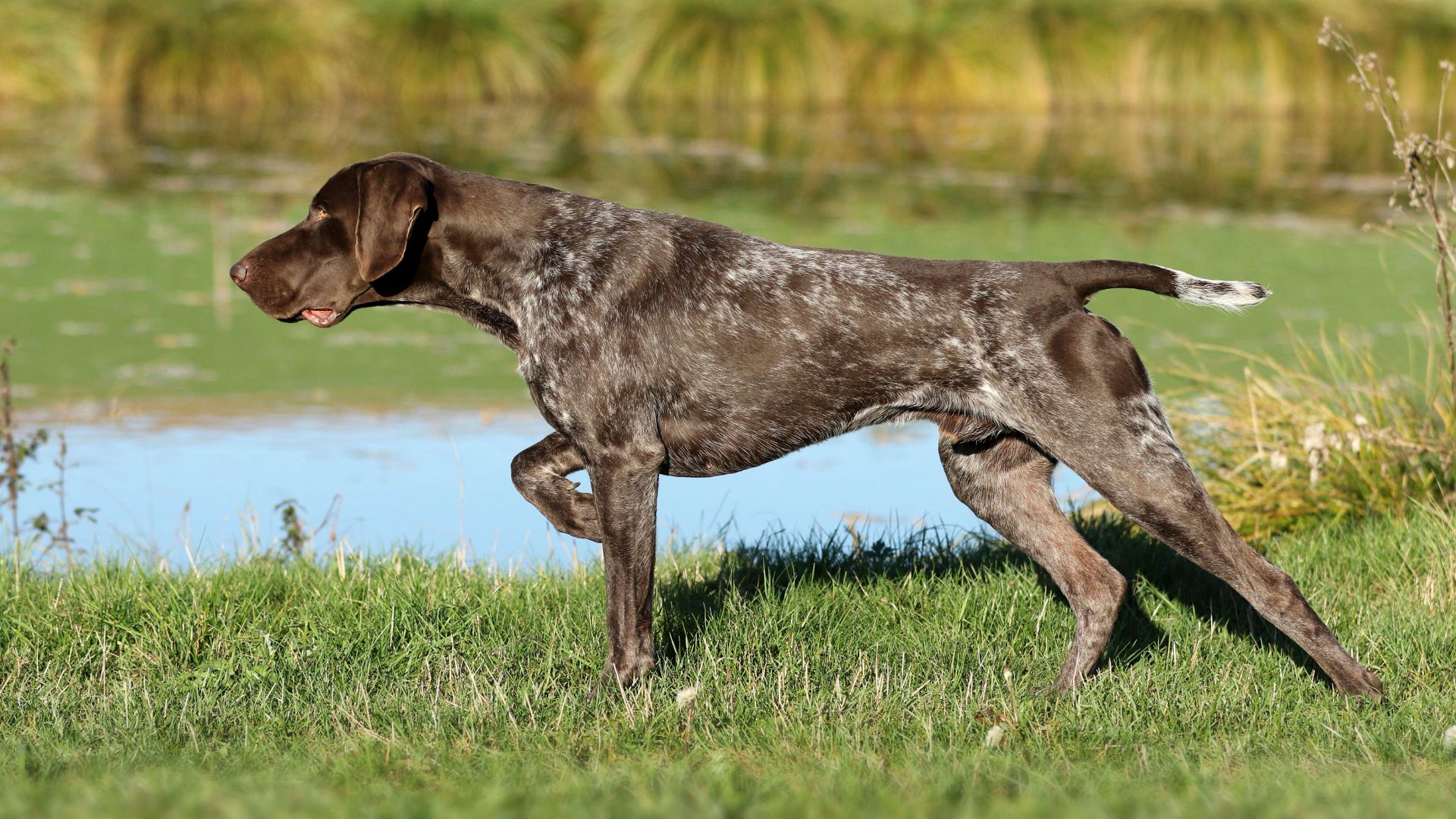
Do German Shorthaired Pointers shed?
Although German Shorthaired Pointers have a short, smooth coat, they do still shed, meaning they aren’t a hypoallergenic dog breed.
However, as the hair is short, it isn’t as messy around the house as longer-haired breeds. They are easy to groom because of this, needing just a thorough once-over with a brush every week.
Get the best advice, tips and top tech for your beloved Pets
Are German Shorthaired Pointers easy to train?
German Shorthaired Pointers are one of the smartest dog breeds and learn quickly, but early, consistent training is key to a well-behaved pet. They often have high energy levels and a strong prey drive, so regular training sessions are a must or they’ll soon learn to entertain themselves.
“The German Shorthaired Pointer is a large, muscular, working breed with very high energy levels,” confirms Dr Rebecca MacMillan. “They are intelligent, however, so with the right consistent approach, they will pick things up easily.”
Although they can often seem challenging in their younger years, GSPs are eager to please, so they respond well to positive reinforcement and reward-based training. While they are young, it’s best to keep training sessions short and sweet (no more than 15 minutes), and always aim to finish on a good note.
They love to have a “job” to do to stimulate their minds, so consider gundog training sessions, obedience classes, agility classes or dog sports, such as canicross or dock diving.
Are German Shorthaired Pointers good family dogs?
Yes, German Shorthaired Pointers make great family dogs – provided their exercise needs are met. GSPs are people-pleasers and one of the most loyal dog breeds. They love nothing more than a sofa snuggle with their family or curling up in front of the fire. They are often extremely gentle with children and are happy living in busy family homes. But do remember that they are often excitable and bouncy, so take care that they don’t accidentally knock small children over!
“German Shorthaired Pointers are best suited to energetic families with older children or teenagers,” agrees Dr MacMillan. “Families with young children may struggle to give this dog the time and attention it needs.”
Remember, a bored GSP is a destructive GSP, and they can quite quickly turn to chewing and counter-surfing if they are not getting enough exercise or mental stimulation. Many owners comment that separation anxiety is also common in this breed, so they tend to be happier in homes where they’re not left alone for long periods of time.
“They are generally good-natured though and will form a strong bond with their family members,” Dr MacMillan adds.
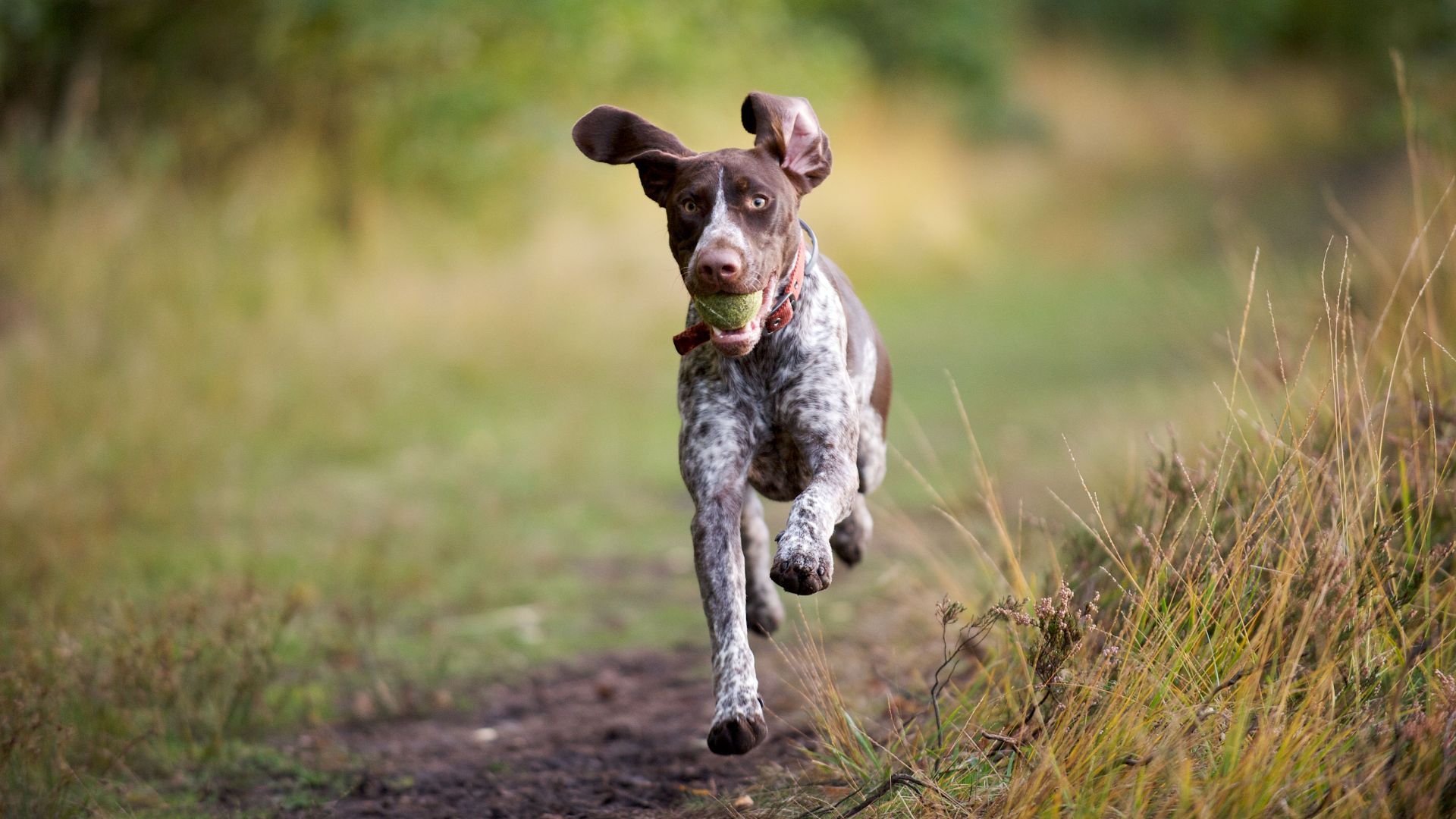
Are German Shorthaired Pointers aggressive?
Aggression is not typically seen in German Shorthaired Pointers – while they may bark at strangers knocking at the door, they are bred to work with people and so don’t tend to show aggressive behaviour.
Dr MacMillan explains: “GSPs are not inherently aggressive but can be wary of strangers and protective of their owners. Early socialisation and positive reinforcement training are essential to reduce the risk of problems.
“You must make sure that your pointer is receiving enough daily exercise and mental stimulation, as this will also make behavioral issues less likely,” she adds.
How much exercise does a German Shorthaired Pointers need?
German Shorthaired Pointers are high-energy dogs so need a home that is able to give them plenty of exercise.
“You will need to provide your pointer with up to two hours of exercise each day, depending on their age and health status,” explains Dr MacMillan. Ideally this would be split into a morning and afternoon or evening session to keep them entertained throughout the day.
It’s important to remember, however, that exercise doesn’t just mean letting them run and run, or you may well end up with a super-fit dog that is still bored when they get home.
These pointers are more than capable of being on the go all day long without getting tired. Mental stimulation is really vital, so keep up those training sessions to keep their brains working.
When do German Shorthaired Pointers calm down?
The American Kennel Club acknowledges that German Shorthaired Pointers can be “extremely challenging from six months to three years old”. This is when they’re in their “adolescence” phase of life, and owners need to have patience, a sense of humour and the stamina to keep up with them!
While German Shorthaired Pointers remain high-energy and playful for most of their life, you should find they start to grow out of their more puppy-like tendencies after they turn three years old.
“I would say that this dog is not really the best for a novice owner unless you are committed and patient,” adds Dr MacMillan.
Wisdom Panel Breed Discovery DNA Kit | Amazon
Not sure exactly what breed your dog is? This kit screens for 365+ breeds – because knowing every detail about your dog helps you understand how best to care for them.
German Shorthaired Pointer health issues
Dr MacMillan confirms that German Shorthaired Pointers can be prone to hip dysplasia, as with many large pedigree dogs.
“This developmental abnormality affects the hip joint leading to pain, mobility issues, and the early onset of arthritis,” she explains. “It is essential to buy your GSP puppy from a reputable breeder who has carried out the relevant health screens before mating their dogs.”
Gastric dilatation volvulus (GDV), also known as gastric torsion or "bloat”, is another issue to watch out for, due to the deep-chested conformation of the GSP.
“In this condition, the stomach bloats and twists on itself,” says Dr MacMillan. “Gastric torsion is a life-threatening emergency that needs immediate veterinary attention.”
As well as inherited eye problems such as progressive retinal atrophy, Dr MacMillan warns that GSPs can also suffer from pannus.
“Pannus causes inflammation of the tissue around the eye, which could lead to blindness if left untreated,” she explains. “If your dog has red, inflamed, or weepy eyes, make sure you get them seen by a vet as soon as possible.”
Should I buy a German Shorthaired Pointer?
Owners of GSPs often comment that they’d never go back to a different breed – their good looks, fun-loving personalities and loyal nature makes them very easy dogs to fall in love with. However, they are not for the faint of heart and they generally don’t make ideal dogs for first-time owners, who may well be surprised at the amount of exercise and mental stimulation they need.
If you have an outdoorsy, energetic family with plenty of experience in dogs, then a GSP could well be the perfect fit, especially if you plan to give them a job or take them along with you on adventures. With the right training, you’ll have a best friend for life.
The Complete Guide To German Shorthaired Pointers | Amazon
Using input and contributions from dozens of German Shorthaired Pointer owners, this guide provides an in-depth look at what it really takes to successfully live with, raise, and train a German Shorthaired Pointer.
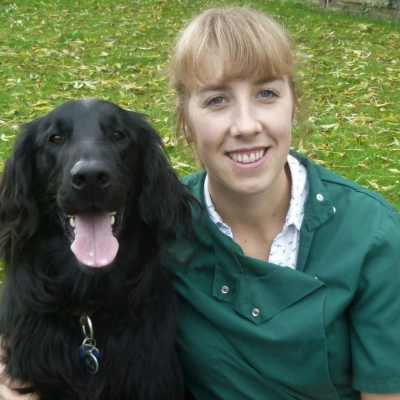
Rebecca is a veterinary surgeon who graduated in 2009 from the Royal Veterinary College in London. She has a wealth of experience in first opinion small animal practice, having done a mixture of day-to-day routine work, on-call emergency duties and managerial roles over the years. Rebecca enjoys medicine in particular and she is proud to have recently achieved a BSAVA postgraduate certificate in small animal medicine (with commendation).
She writes on various feline and canine topics, including behavior, nutrition, and health. Outside of work and writing she enjoys walking her own dog, spending time with her young family and baking!
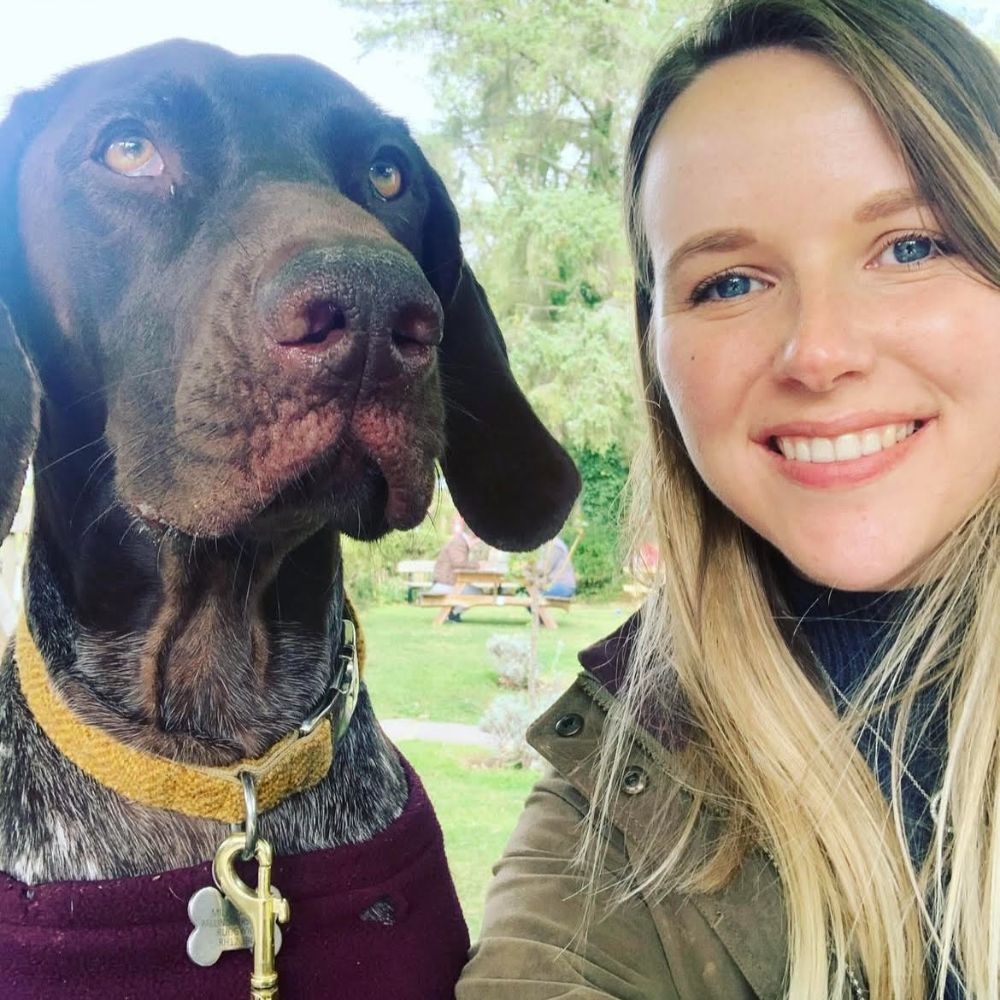
Victoria Jones is a freelance writer at PetsRadar. She has a decade of experience working on equestrian and countryside magazines – including on PetsRadar's sister title Horse & Hound for five years. She has done a variety of different jobs over the years, including sub-editing, writing, video editing and marketing.
Victoria is currently dog mum to Maple, a six-year-old German Shorthaired Pointer with endless energy. She also helps to look after her husband's marine fish tank, with her favourite inhabitants being the two clown fish, Michel and Francois.
She has previously owned cats and horses as well – at one point having a menagerie of two dogs, two cats and two horses, which kept her very busy indeed.


